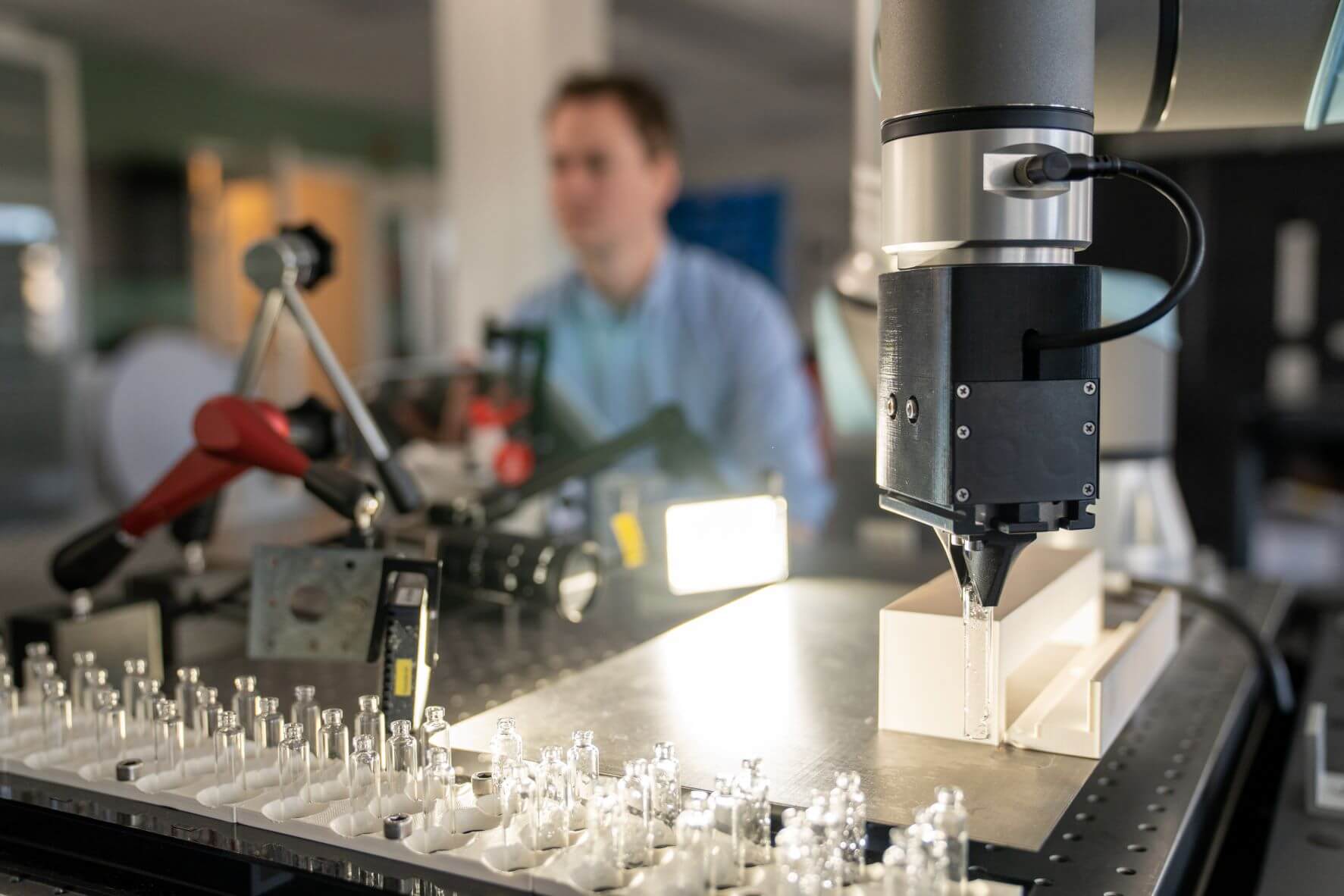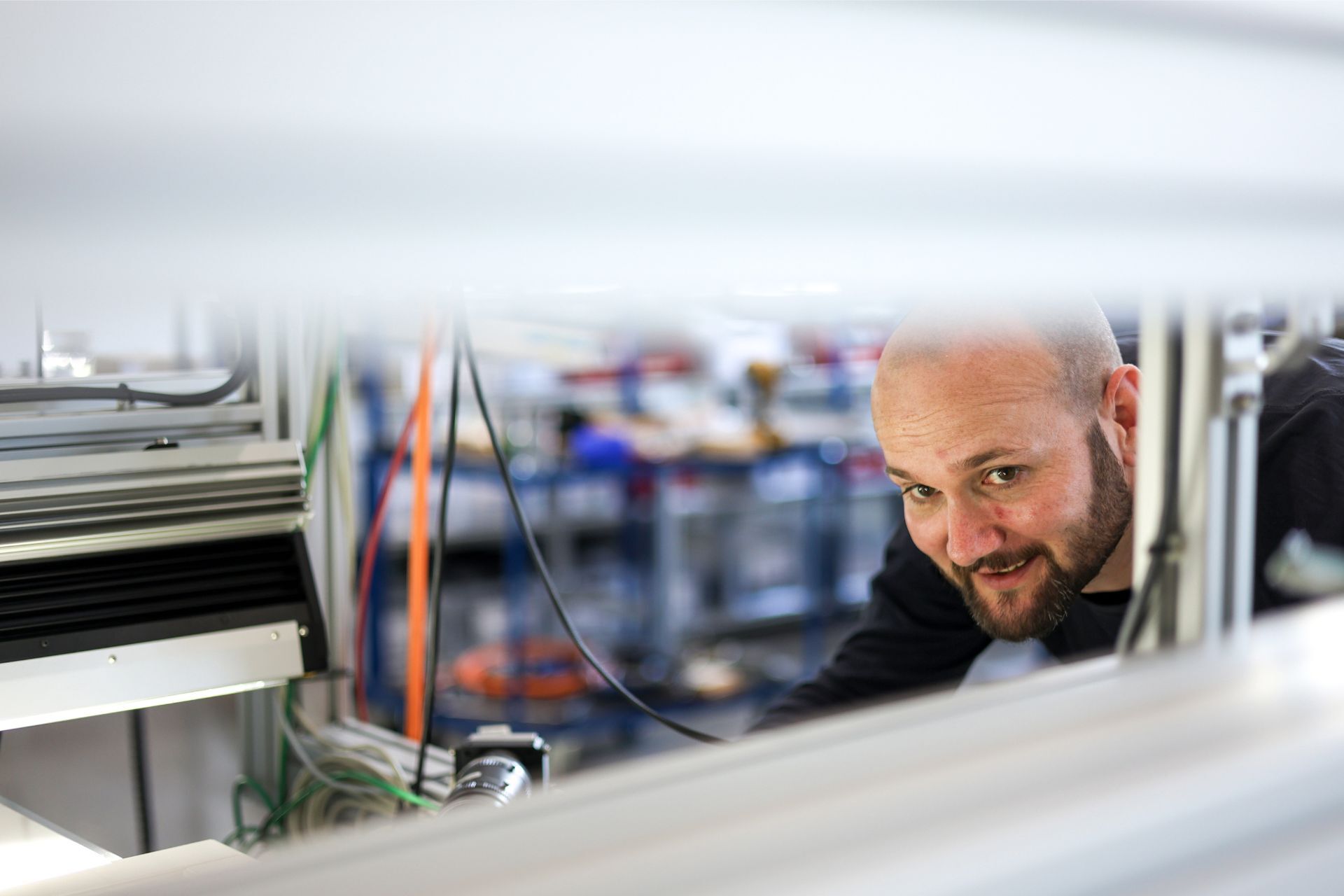%20(1).jpg?width=1920&name=AI%20in%20machine%20vision%20-%20game%20changer%20or%20hot%20air%20(2)%20(1).jpg)
AI is currently the biggest buzzword in machine vision, but is it all it's cracked up to be?
Let's start by stating that we see great value in using AI - or rather machine learning which is a subset of AI - as an element in machine vision, and we have created several solutions for our customers that clearly show the value.
That said, AI or machine learning is not the answer to everything. We occasionally meet companies that are keen on having us help them use AI to solve an inspection task, but where we have to say that it is simply unnecessary. It would be overcomplicating a task that we can easily solve with traditional methods.
For example, this could have to do with monitoring - that is, detecting if something specific changes in an image. The use case could be line clearance - making sure that a production line is completely cleared before the next batch is started.
In principle, we can solve this with machine learning, but it is much easier to use a so-called difference image - that is, we take a picture and - with a simple algorithm - compare it to a reference image of what the production line should look like.
Another example of machine learning being overkill is inspecting something metric - assessing a size, a circumference, or the like. Here you would get a better result with classic 2D inspection, where we count pixels and calculate whether the subject is within the established margin of error.
But it is not all buzz
Many inspection tasks have a complexity where AI is unnecessary, but there is a reason why there is so much interest in AI and machine learning.
Because machine learning can not only help us automate the complex tasks that would otherwise require a manual inspection, but it is also capable of performing quality control that a human would not be able to.
We can train a network to see data in images we cannot catch ourselves. This can be, for example, the distribution of RGB colors, where high intensity on green combined with low intensity on red might indicate a defect. Something that the human eye would have a hard time capturing.
Additionally, an AI network can combine multiple data sources. For example, it could consider both color distribution and a 3D point cloud, so you suddenly get a 4D input that can be processed with a neural network. Or include data from a color spectrum that the human eye simply cannot see, such as UV light or infrared.
An area that could also benefit from using AI, is content verification, where operators pack multiple objects. The presence of each object is important, and the sequence and the position of each object are also important, but not strictly defined. Monitoring video sequences, with random surroundings and partially obstructed views, is part of the challenge. This is also something where AI can help us automate a very complex task.
So, while we like to challenge our customers about when it's necessary to use AI, we see many examples of AI becoming a game-changer in machine vision.




%20Stor.jpeg)